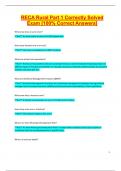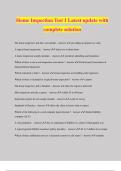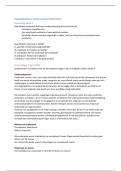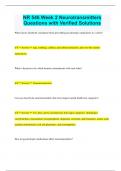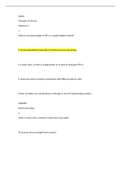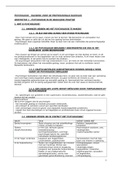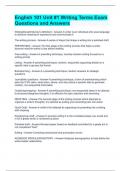Exam (elaborations)
RECA Rural Part 1 Correctly Solved Exam [100% Correct Answers]
- Course
- Institution
RECA Rural Part 1 Correctly Solved Exam [100% Correct Answers] What area does an acre cover? **Ans** An acre covers an area of 43,560 square feet. How many hectares are in an acre? **Ans** One acre is equivalent to 0.4047 hectares. What are animal unit equivalents? **Ans** Anima...
[Show more]
